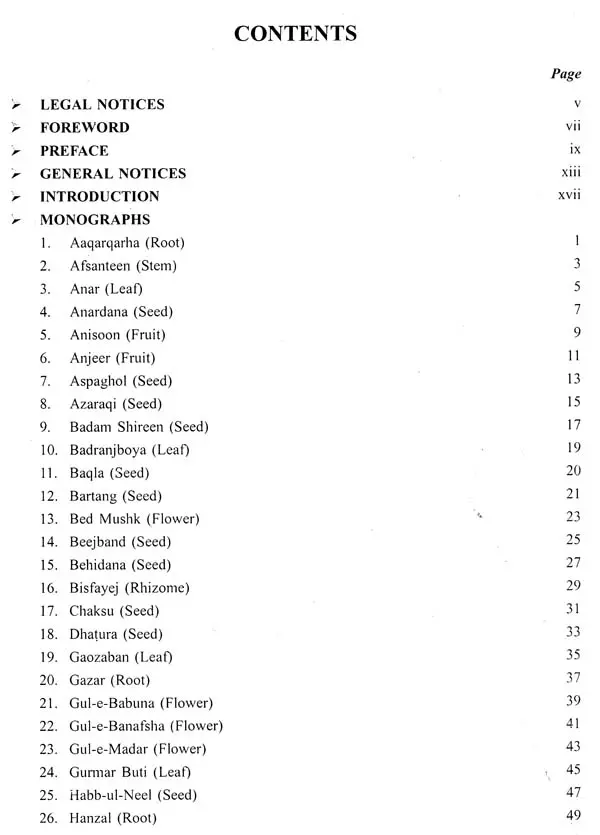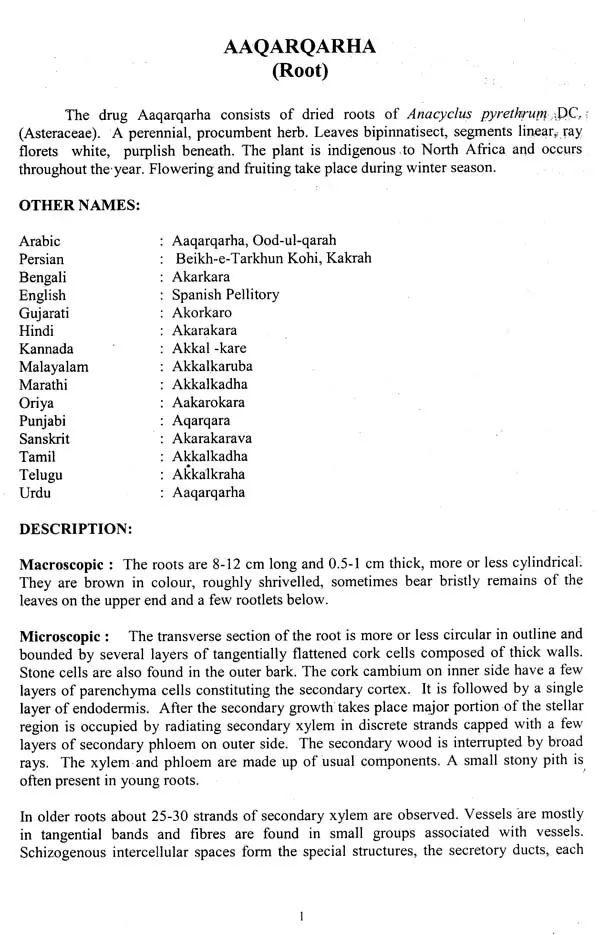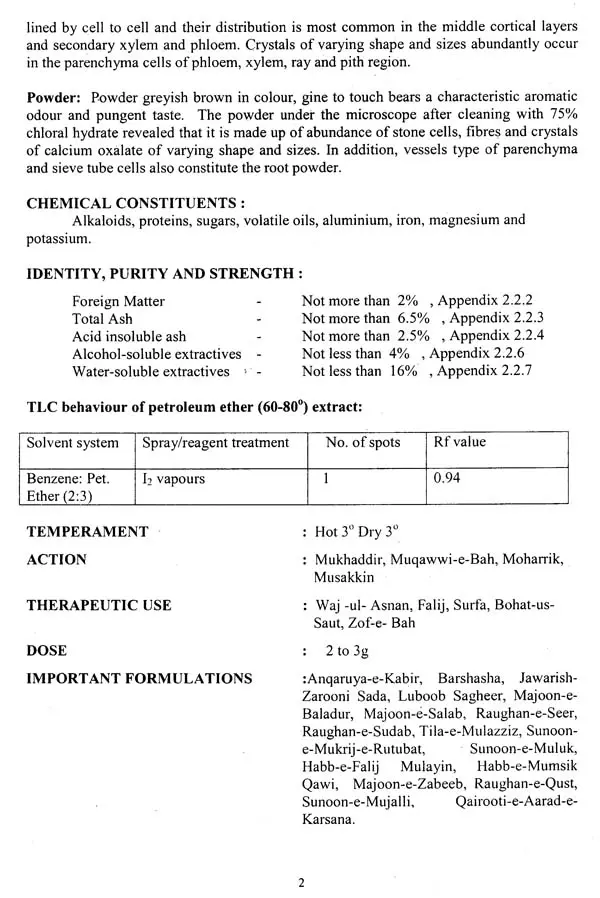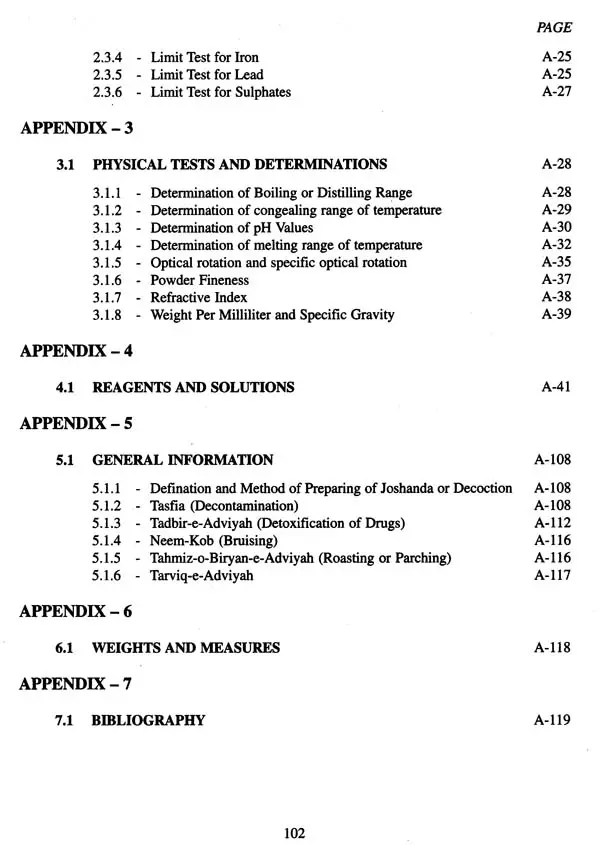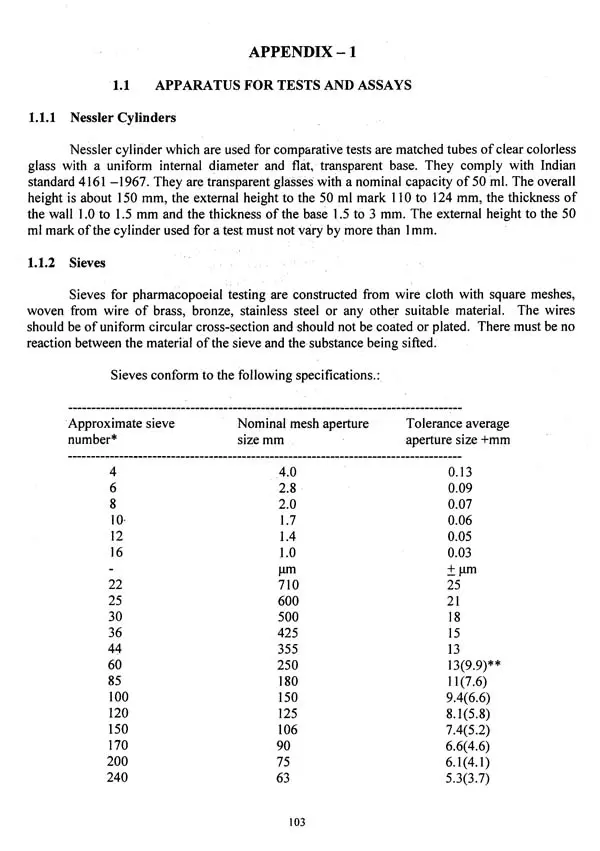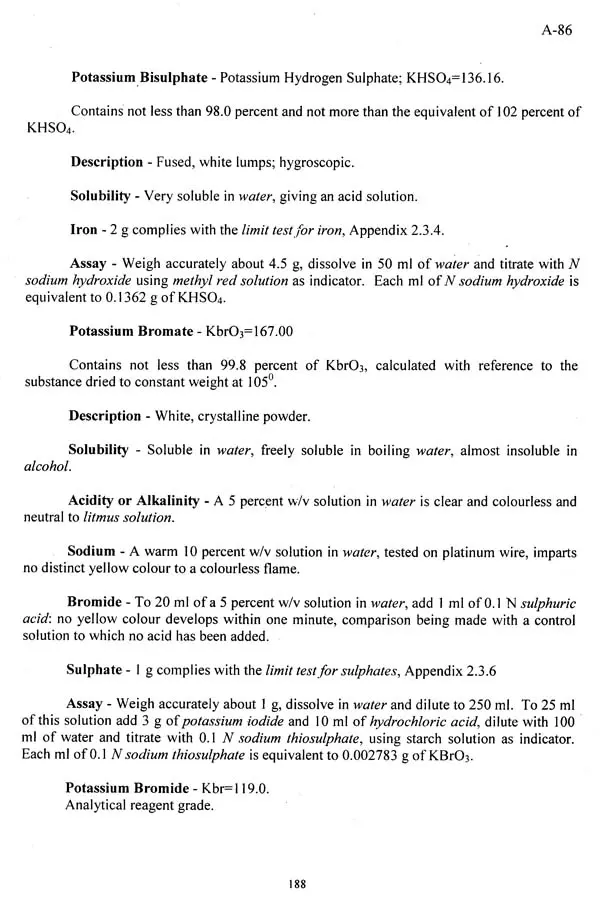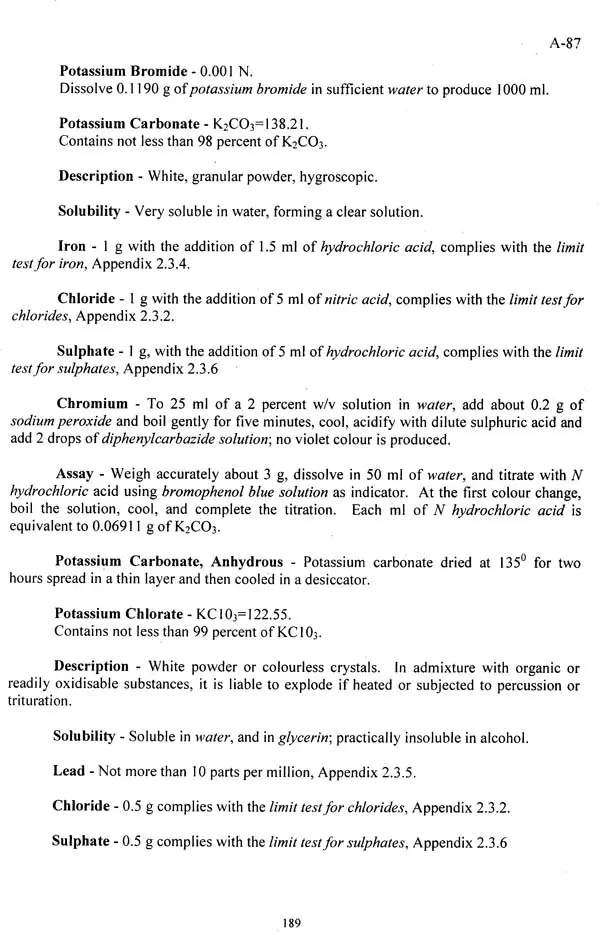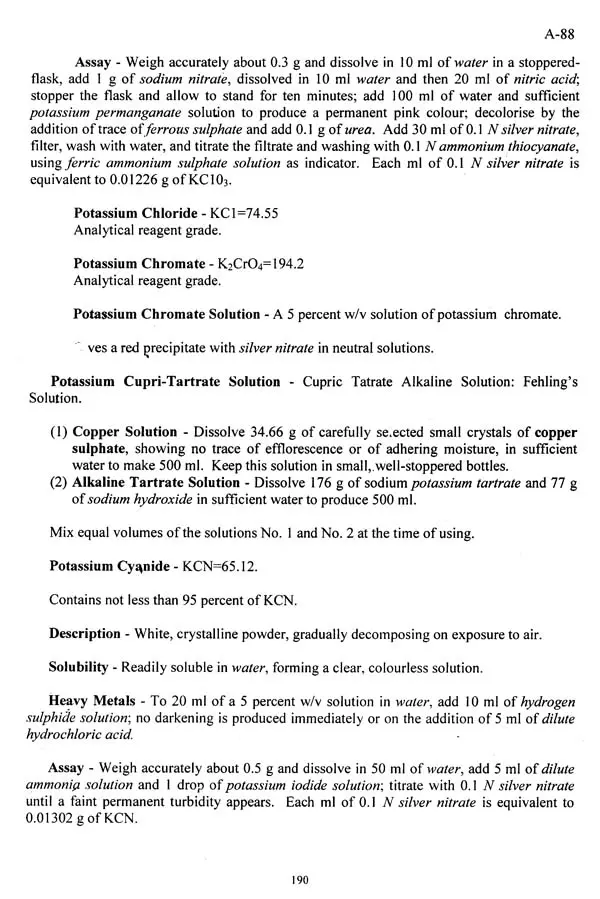
The Unani Pharmacopoeia of India (Part-1, Volume-2)
Book Specification
| Item Code: | UBC386 |
| Publisher: | Government of India, Ministry of Health and Family Welfare, Department of Ayurveda, Yoga & Naturopathy, Unani, Siddha and Homoeopathy, New Delhi |
| Language: | English |
| Edition: | 2007 |
| ISBN: | 8190115189 |
| Pages: | 255 |
| Cover: | HARDCOVER |
| Other Details | 11.50 X 8.50 inch |
| Weight | 1.02 kg |
Book Description
Unani System of Medicine is based on the drugs originated from plants, animals and minerals. This system, since thousands of years, is being used for improvement of human health. In the recent years, there has been resurgence of interest in the indigenous/traditional systems of medicine in both developing and advance countries of the world as the traditional drugs have no major side-effects and they help in accelerating the immunity i.e. body resistance. Furthermore, Unani drugs are time-tested, safe for use and cost effective.
However, there is a need to maintain purity, quality and safety of traditional medicines through rigorous scientific testing and standardization. It is absolutely essential to lay down pharmacopoeial standards for both single and compound drugs to bring them within the purview of the Drugs and Cosmetics Act, 1940, as amended in 1964. This necessitated to develope the standards for each Unani drug.
To fulfill the legal mandate and also to assure quality of drugs, the Government of India had set up the Pharmacopoeial Committee for Unani Medicine in 1964. A Pharmacopoeial Laboratory for Indian Medicine, Ghaziabad was also established in the year 1970. This Laboratory was established mainly to work for evolving standards for Ayurveda. Unani and Siddha drugs. The Government of India have all along been concerned with the quality of drugs in various Indian Systems of Medicine and consequently, the work in this direction was taken up by the different Laboratories Le Drug Standardization Units of the Central Council for Research in Unani Medicine (CCRUM), New Delhi.
I am glad to say that it has now been possible to bring out the second volume of pharmacopoeial standards titled The Unani Pharmacopoeia of India (Part-I Vol-II). It comprises standards for 50 single drugs of plant origin included in the National Formularies of Unani Medicine and work on which has been carried out at various Drug Standardization Research Laboratories of the CCRUM.
Our country has a unique distinction of having a variety of geographical and climatic conditions and is rich in flora and fauna many of which are used in the preparation of poly- pharmaceutical recipes of Unani Medicine and a few as home remedies in the country.
Unani System of Medicine is a scientific system and its practitioners were innovative in therapeutics and carried out clinical trials of the local flora from the countries it passed through and discovered newer medicines and added to the classical literature. During Colonial rule, the Unani System of Medicine got a setback as it was not patronized by the then Government, and was confined to the rural areas where it was protected and nurtured.
Urbanization led to neglect of development and maintenance of forest and in turn the availability of rich flora. Later, better communication, transport and establishment of agencies for supply of crude drugs led to commercial manufacturing of Unani drugs on mass scale and many factories were established. In this set-up the Unani practitioners could no longer processes and prepare their own medicines but started depending on pharmaceutical houses run commercially and on supplier of the crude drugs to the extent they needed. There was no governmental control on the manufacturer/pharmaceutical houses to ensure the quality of medicines marketed.
The Government of India constituted a committee under the chairmanship of Lt. Col. R.N. Chopra in 1946, which had gone into the question of need for proper identification of plants used in Indian Systems of Medicine and control over collection and distribution of crude drugs, and made positive recommendations for compilation of pharmacopoeias. After independence not only the Unani education, but also Unani drugs, their marketing and manufacturing were given a concrete shape.

